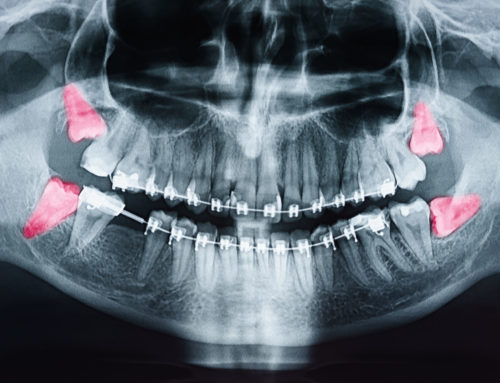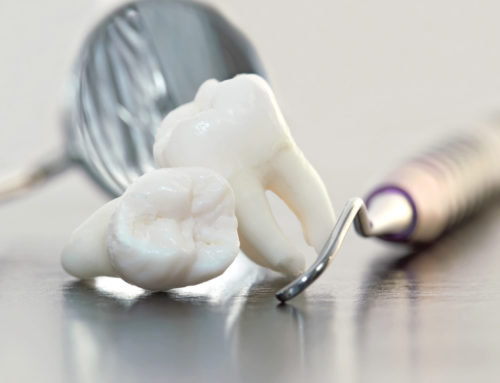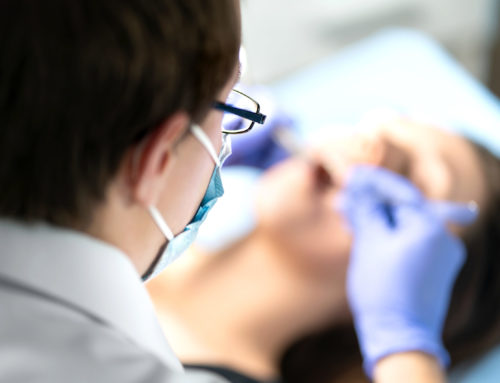TMJ is an acronym for the temporomandibular joint, located right in front of the lower part of the ear. This is how the lower jaw is able to move. Just as the hips and shoulders have a socket with a ball joint in them, so does this part of the mouth. It moves when the mouth is opened and returns to its place when the mouth is closed. If the mouth is opened so the ball (condyle) falls forward of the section of bone called the articular eminence, it is literally stuck. This may be caused by trauma, an accident or simply opening the mouth too wide. Muscles around the joint go into spasms, holding the condyle captive in the dislocated position. The person is unable to close his or her mouth, it is very uncomfortable. Patients who have experienced this before, are prone to emprise it again.
Other habits that may induce dislocation are clenching the jaw, stress and grinding the teeth. When one has difficulty opening the mouth due to the grinding or clenching of the jaw, he or she may force the mouth open too far, dislocating it. The face swells, sometimes more on one side than the other and the jaw may make a clicking sound. Discomfort while attempting to eat is a symptom of one side being dislocated also.
One may choose from dentists, oral and maxillofacial surgeons to confirm the diagnosis with an ex-ray and choose a treatment to return the condyle to the proper position. In some cases an intravenous muscle relaxant is used to allow the jaw to stop the spasms. Injections of anesthesia to the jaw helps to relax the locked jaw so the ball can be returned to the socket.
The patient is upright, facing forward with his or her back and head steadied from behind. The physician places thumbs on the patients molars as far back as possible, with his or her fingers curved around the mandible. Then begins slow, constant, substantial pressure downward.
If for some reason both sides will not move, one side at a time reduction is feasible. Excessive pressure can cause a fracture to the patient or to the doctor. If an office procedure is not successful, surgery is the only alternative.
On the other hand, if the doctor achieved the outcome it is time for another round of ex–rays to confirm the success of the procedure and it is over. Sometimes a soft neck brace is advised and warm compresses to ease the pain.
In rare cases, surgery is required in an operating room under general anesthesia. Ensuing the surgery, the jaw is either wired shut or a Barton bandage, a large elastic piece, is wrapped under the mandible and over the top of the head to limit jaw movement during healing.
The following several weeks it will be essential for the patient to eat a soft or liquid diet. The jaw will be tender and needs to stay closed as much as possible to recover.
In a few cases, the TMJ becomes dislocated again. This may require surgery. For those successful cases, the best advice is to follow your doctors instructions and allow yourself to heal.
For any concerns about TMJ, contact OMSH today!






